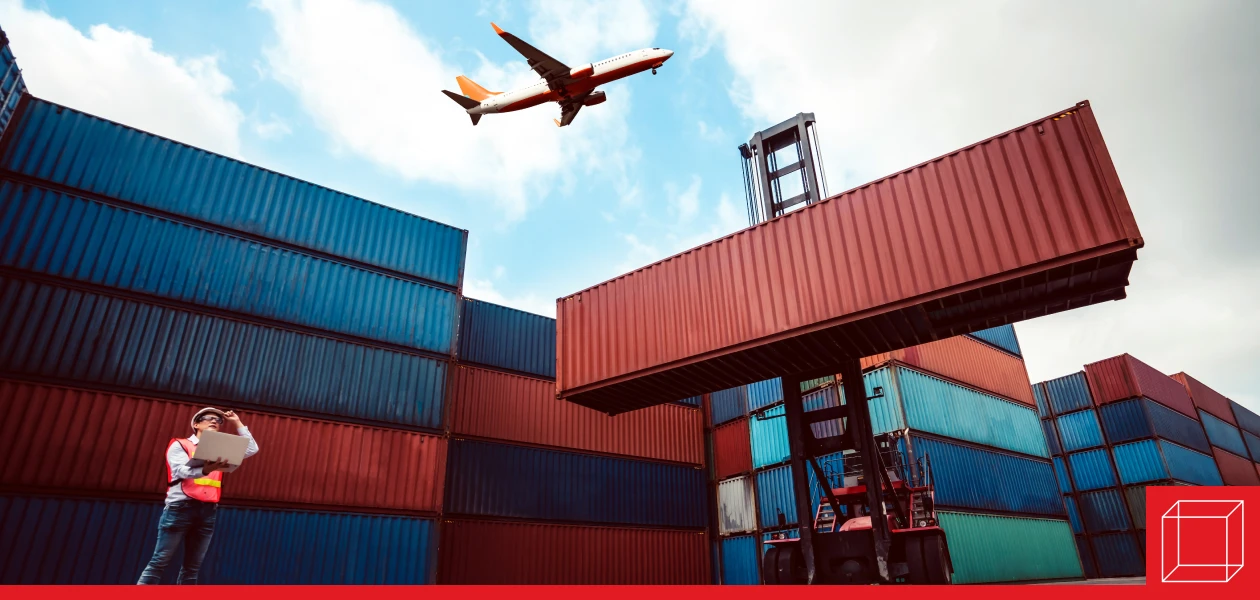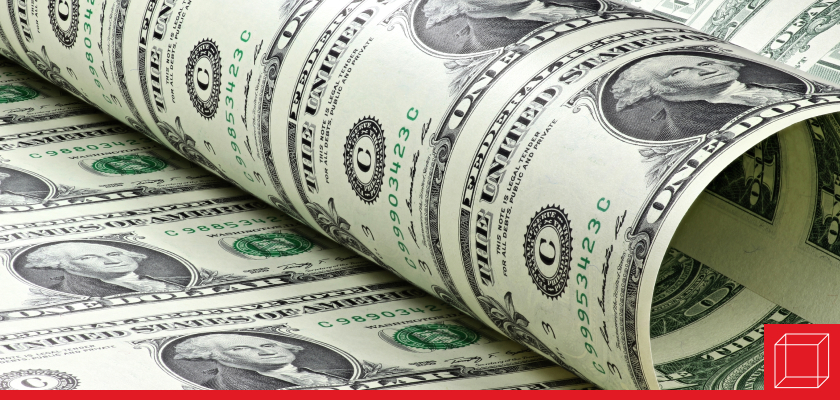Tariffs 101: What They Are, How They Work, and Why They Matter
Understanding Tariffs: A Primer

Many people are unfamiliar with tariffs, but tariffs are incredibly important to the global economy. The average American might believe tariffs generate tax revenue, but they function differently than income or sales taxes. Let’s explore what tariffs are, how they work, and why they matter.
What Are Tariffs?
Tariffs and other trade restrictions are part of a country’s legal structure but may be established or removed for political reasons. An import tariff is a tax levied by a nation on goods imported into the country. A fixed tariff is a specific amount of money levied on each unit of a product brought into the country, while an ad valorem tariff is based on the value of the item. When the United States imposes tariffs on imported goods, U.S. importers pay import taxes to the U.S. government when the goods cross national borders.
Countries sometimes levy tariffs for political reasons, such as when they impose sanctions against other countries to protest their actions. However, import tariffs are more commonly imposed to protect domestic products by raising the price of imported ones. Sometimes trade agreements eliminate or reduce tariffs and trade restrictions between member countries to encourage trade.
How They Work
Tariffs are not a collectible tax like sales taxes or income taxes. They simply raise the price of foreign goods with the hope they will be more expensive than similar or substitute goods made domestically. Domestic importers of foreign goods are the ones who pay the tariffs, so they are likely to pass on the higher costs to their customers in the form of price increases. When prices increase, then consumers are more likely to support domestic goods and industries. Increased demand for domestic goods ideally boosts domestic jobs and tax revenue from those workers.
While the potential benefits sound promising, there are two sides to every coin. For example, if the United States imposes tariffs on foreign cars, other countries may impose tariffs against U.S. goods, reducing U.S. exports and potentially leading to job losses in American manufacturing. The effects may offset each other, or they could have negative or positive effects depending on the impact of the tariffs on imports and exports.
The Good and the Bad
Tariffs can be effective when they strategically protect specific industries, incentivize domestic production, level the playing field against unfair trade practices, and take a balanced approach that considers potential retaliatory measures. In the 1980s, the United States increased tariffs for heavyweight motorcycles imported from Japan to protect the American motorcycle market, namely Harley-Davidson. Harley-Davidson used the reprieve to modernize its manufacturing practices, improve its products, reduce its debts with a public offering, and diversify its business. Four years later, Harley-Davidson announced it became profitable again and asked the U.S. government to withdraw the tariff protections.
In a recent example, the European Union imposed higher tariffs on Chinese electric vehicles (EVs) to protect Europe’s automotive industry. This move led to a trade agreement where China agreed to set a minimum price for EVs sold in the EU, ensuring fairer competition for European automakers. China uses cheap labor to create consumer products that are extremely competitive on price. For example, EV-maker BYD Auto’s entry-level car model sells in China for just over $10,000, which is significantly more affordable than Tesla’s most affordable model (Model 3, $32,000). BYD sold more electric cars than Tesla in 2023, becoming the world’s top EV seller. If BYD EVs came into the United States selling at $10,000 or even $20,000, they would severely hurt the U.S. auto industry.
An important question arises: what happens if no similar or substitute goods are manufactured in the U.S.? In that case, consumers have no choice but to purchase the foreign products, absorbing the increased costs from tariffs directly.
Sometimes tariffs are self-defeating or have unintended consequences. Case in point, tariffs can lead to trade wars which can be difficult to win. For example, when the United States imposed tariffs on steel and aluminum, the EU and China retaliated with tariffs on U.S. products. Since the U.S.-China trade war began, U.S. imports from China have decreased significantly, but U.S. demand for foreign goods has not diminished—the U.S. is simply importing more from other countries such as Mexico and Vietnam.
Conclusion
Tariffs play a complex role in the global economy, balancing protectionism with the need for international trade. They can safeguard domestic industries, create jobs, and encourage fair competition, but they also risk retaliation, higher consumer costs, and trade imbalances. Understanding how tariffs work and their potential impacts is crucial for navigating an interconnected global marketplace.
In the Classroom
This article can be used to discuss tariffs (Chapter 3: Business in a Borderless World).
Discussion Questions
- Define import tariff, fixed tariff, and ad valorem tariff.
- Who pays tariffs?
- What are some of the potential benefits of imposing import tariffs? What are some of the risks?
This article was developed with the support of Kelsey Reddick for and under the direction of O.C. Ferrell, Linda Ferrell, and Geoff Hirt.
Barnaby J. Feder, "Harley Asks End to Tariff Aid," The New York Times, March 18, 1987, https://www.nytimes.com/1987/03/18/business/harley-asks-end-to-tariff-aid.html
Inti Pacheco, "How Trump’s Tariffs on China Changed U.S. Trade, in Charts," The Wall Street Journal, November 25, 2024, https://www.wsj.com/economy/trade/how-trumps-tariffs-on-china-changed-u-s-trade-in-charts-bb5b5d53
Laura He, "Here’s What You Need to Know About BYD, the Chinese EV Giant That Just Overtook Tesla," CNN, January 3, 2024, https://edition.cnn.com/2024/01/03/cars/china-byd-explainer-tesla-intl-hnk/index.html
Paul Wiseman, "Trump Favors Huge New Tariffs. How Do They Work?" PBS, September 27, 2024, https://www.pbs.org/newshour/economy/trump-favors-huge-new-tariffs-how-do-they-work



